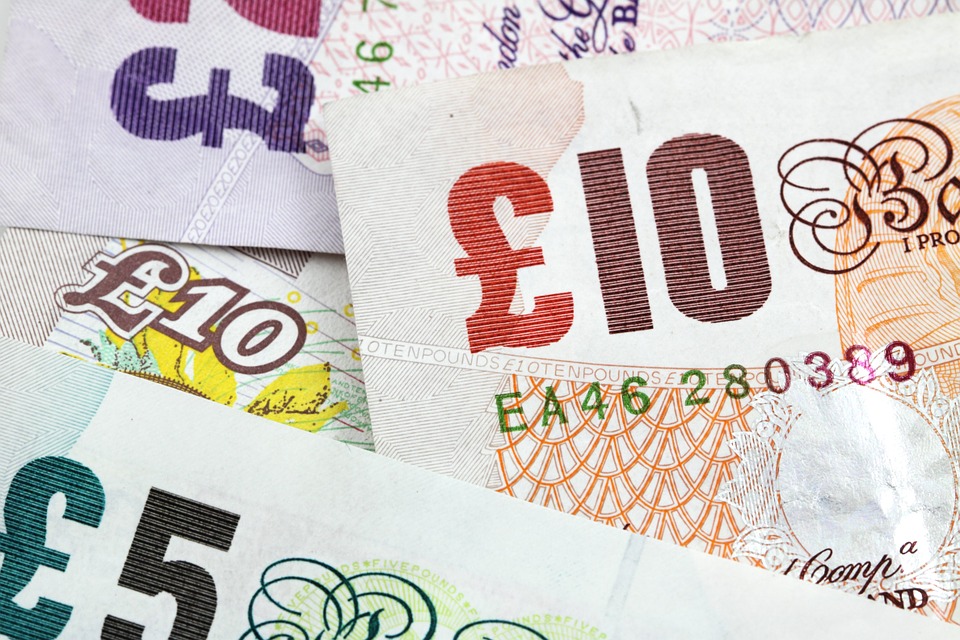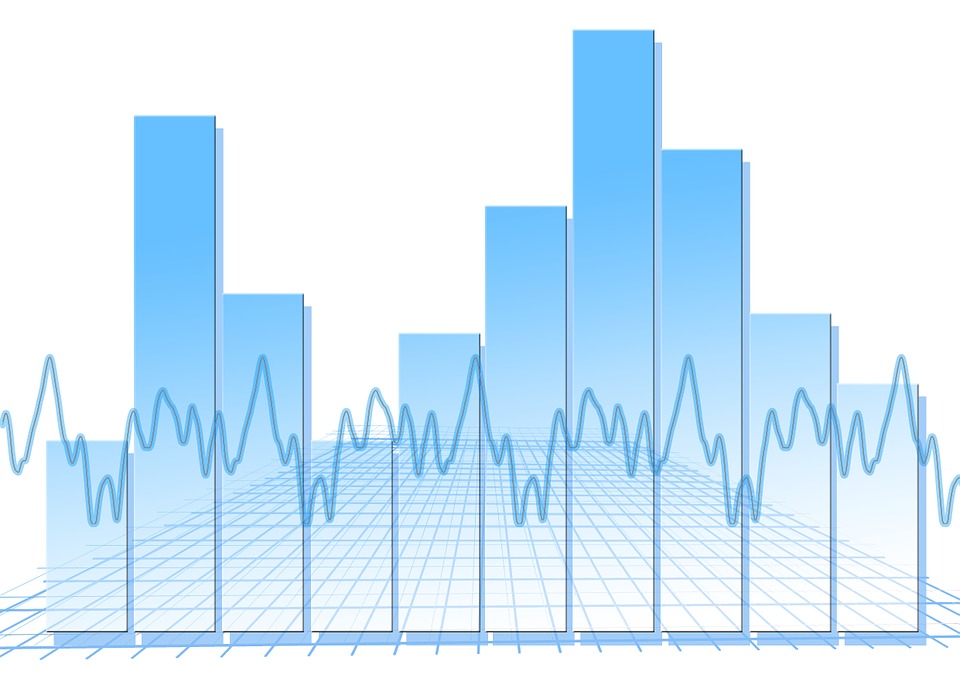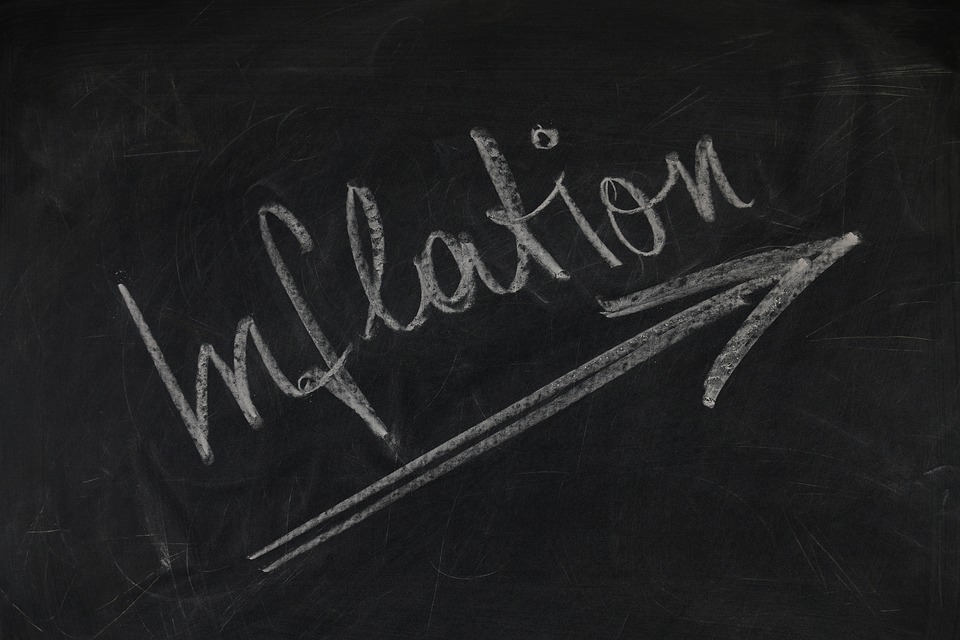Sterling slid to a new 13-month low on Tuesday after a rebound in the dollar and as weaker-than-forecast wage growth offset an unexpected fall in Britain’s unemployment rate.
The pound had risen to as high as $1.2827 after official data showed unemployment fell to its lowest rate since 1975 during the second quarter.
But sterling trimmed its gains after annual wage growth – at a nine-month low of 2.4 percent and below forecasts of 2.5 percent – diluted the positive employment numbers.
A recovery in the dollar then sent sterling lower, leaving it as weak as $1.2705, its lowest since late June 2017.
Against the euro, sterling was stronger, at 89.175 pence per euro.
The Bank of England has said it wants to see rising wage growth pressures if it is to speed up its planned rate of monetary policy tightening.
Sterling fell heavily last week, hammered by a stronger dollar and concerns about the state of negotiations with the European Union over a trade deal for when Britain leaves the bloc. Foreign minister Jeremy Hunt added his voice on Tuesday to recent warnings about the prospect of a disorderly departure.
“Everyone needs to prepare for the possibility of a chaotic no-deal Brexit,” he said.
The direction of monetary policy following a Bank of England interest rate rise earlier this month has recently taken a backseat against market worries about Brexit.
BoE Governor Mark Carney said markets should prepare for further rate hikes, although borrowing costs would increase to a gradual and limited extent and depend on a smooth Brexit transition.
“Today’s wage growth figures could undermine this, particularly with the increasing threat of a no-deal Brexit. Should this happen, the bank’s next move could be to reverse their most recent rate decision and cut rates to keep the economy afloat,” Felix Blom, a researcher at forex payments platform OFX, said.
UK inflation data and retail sales numbers for July are also due out this week.
Source: UK Reuters



